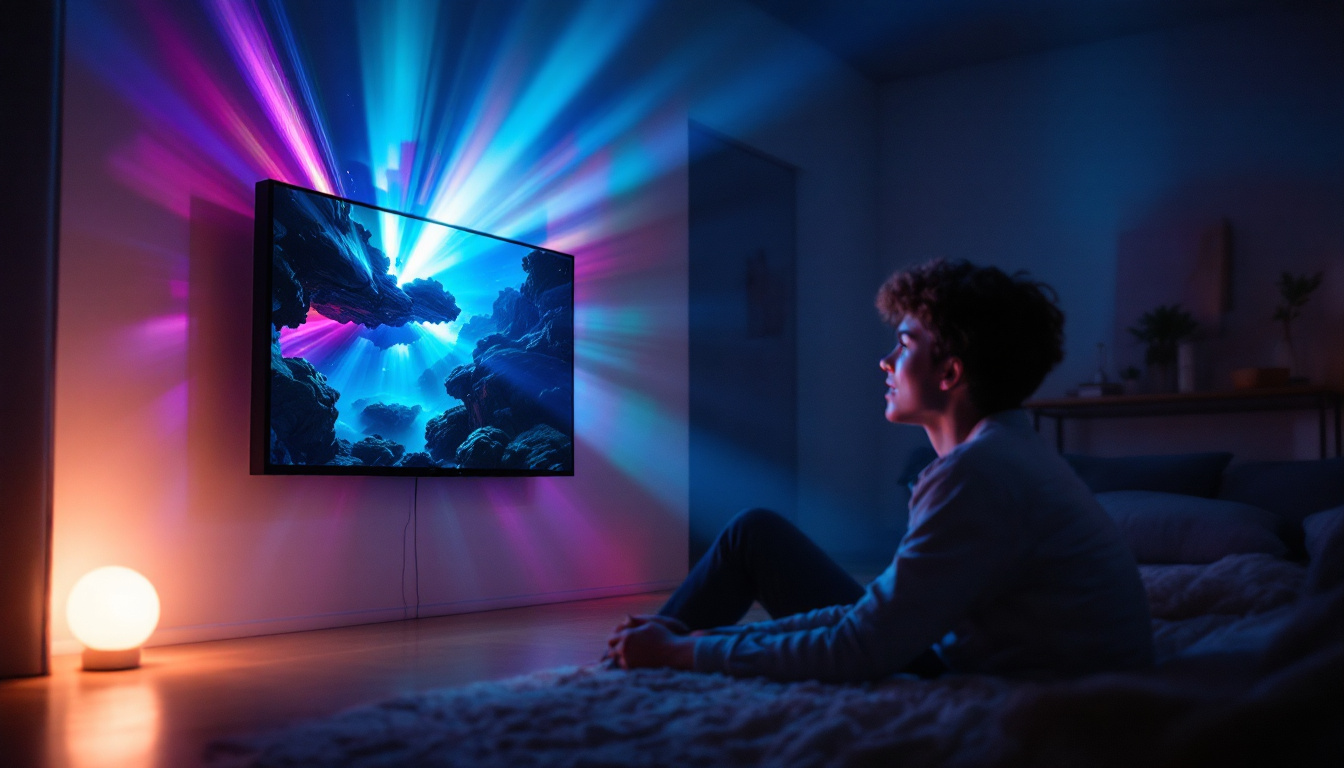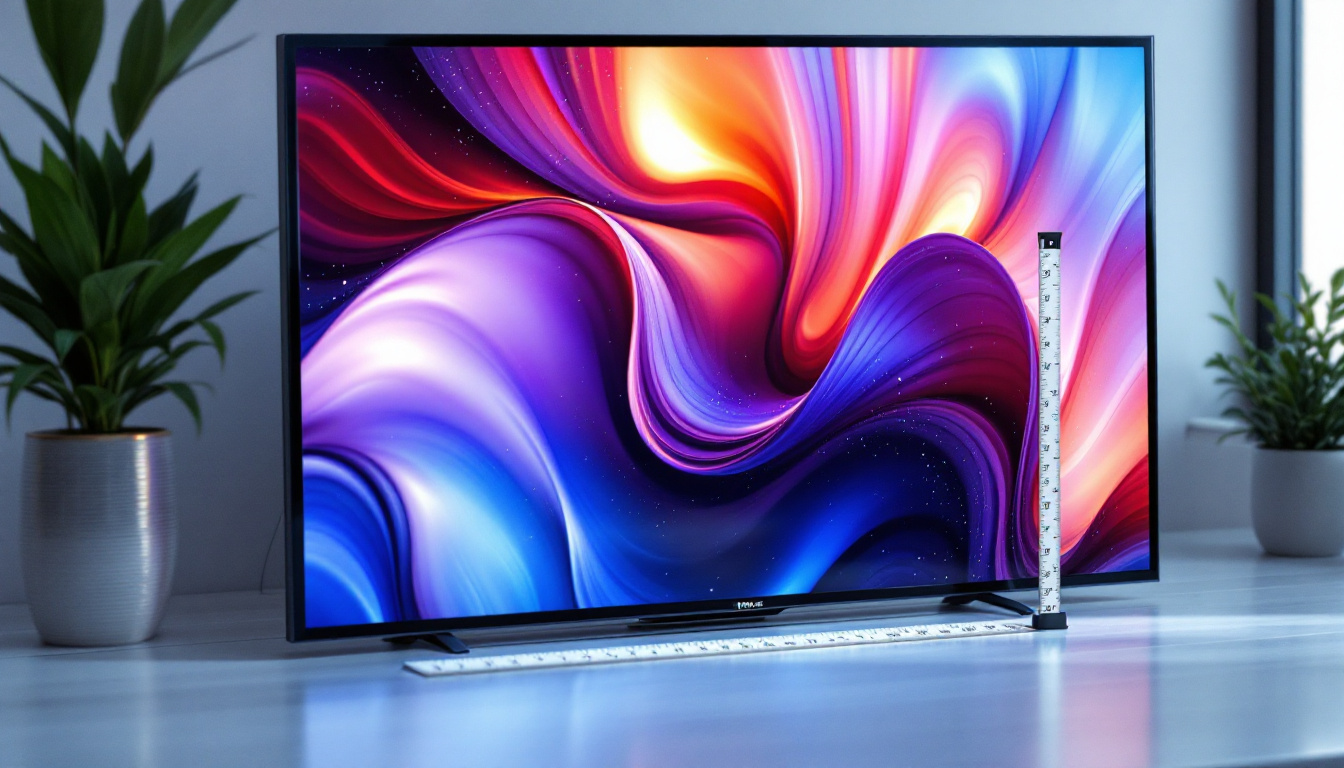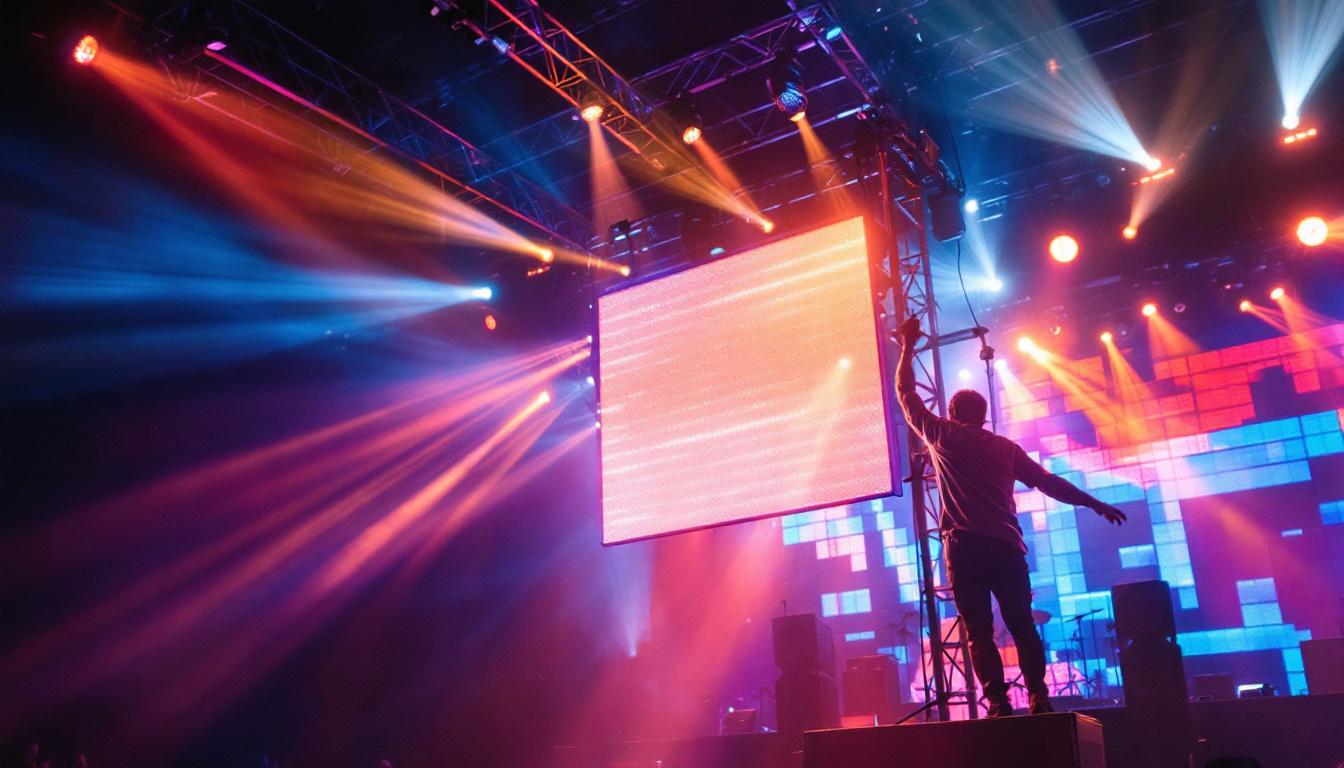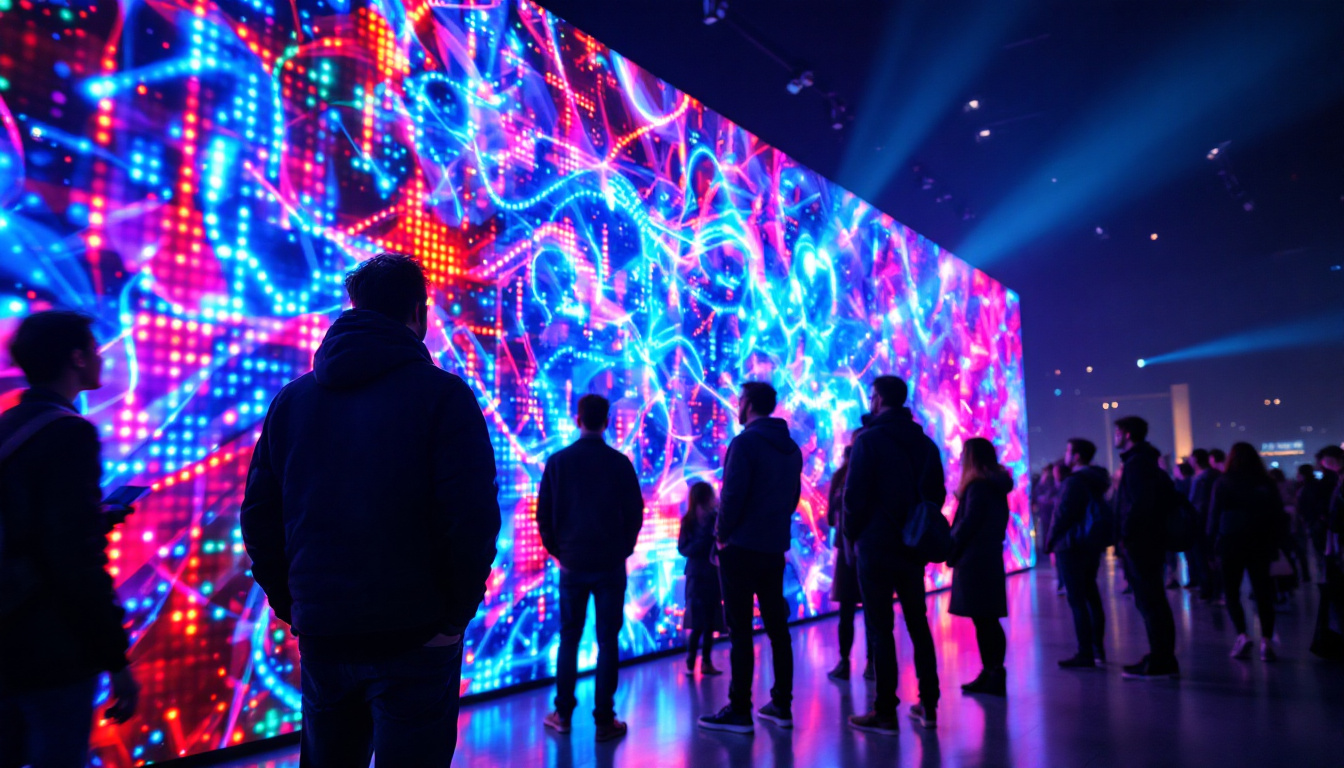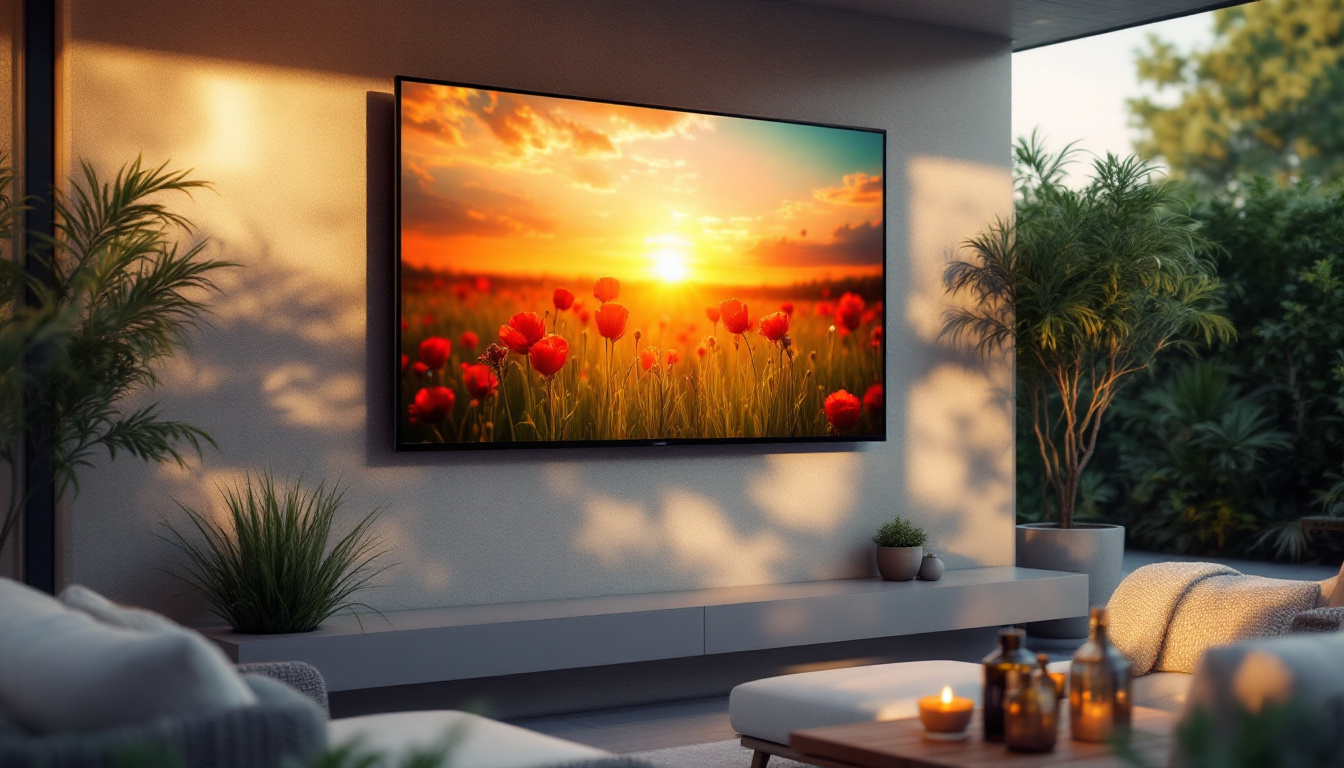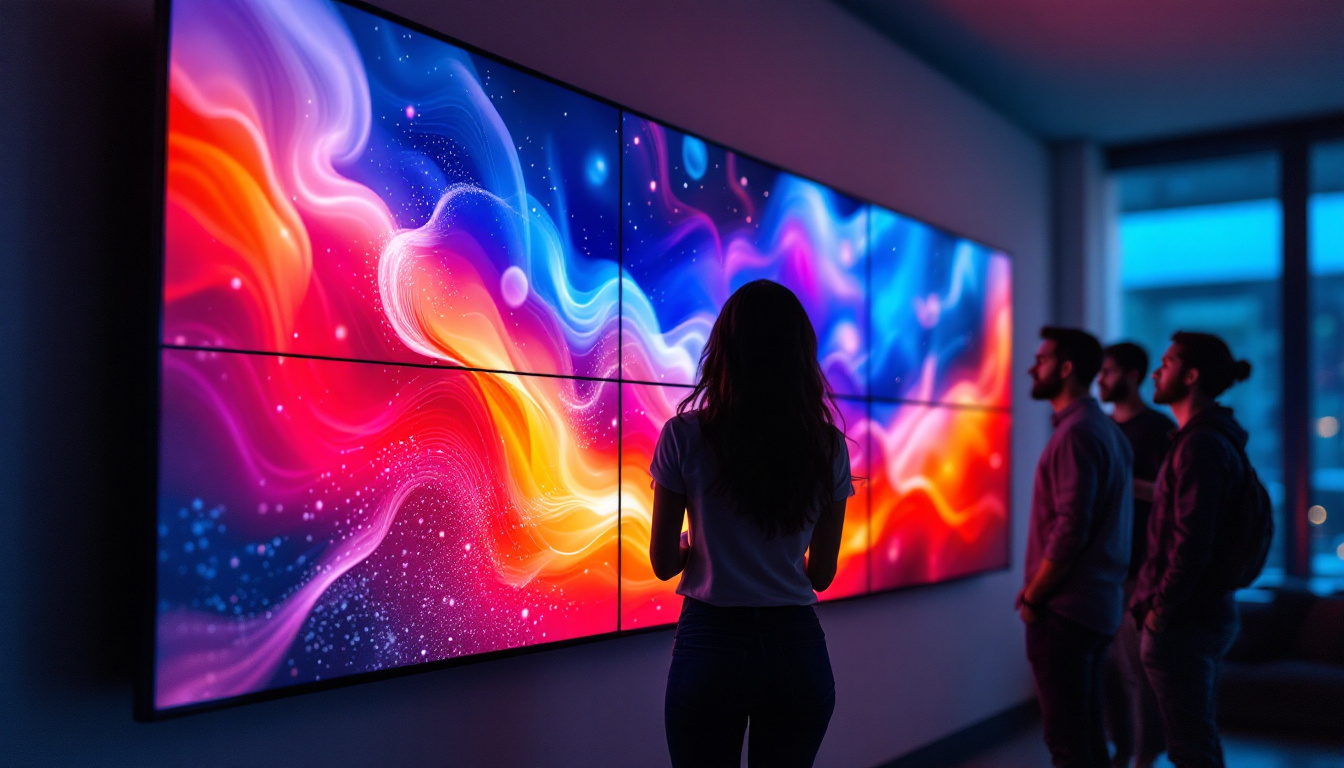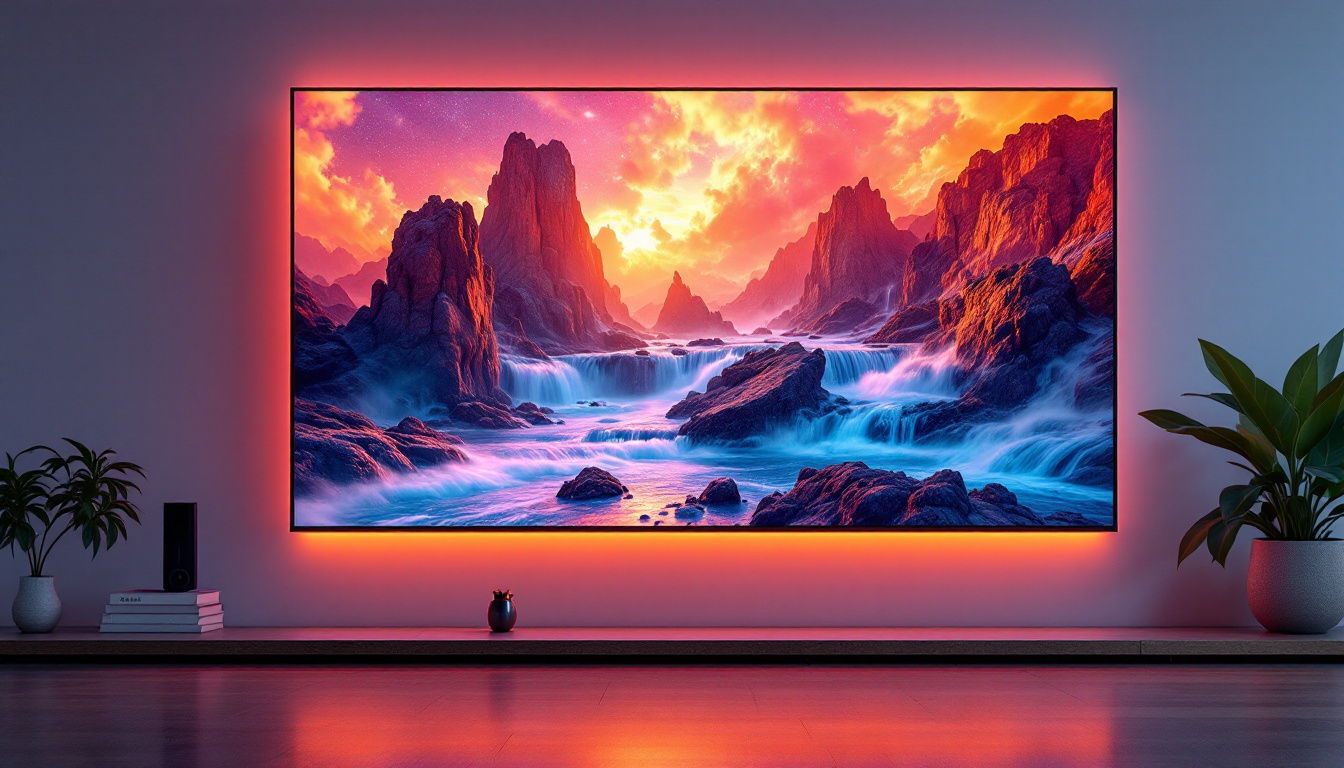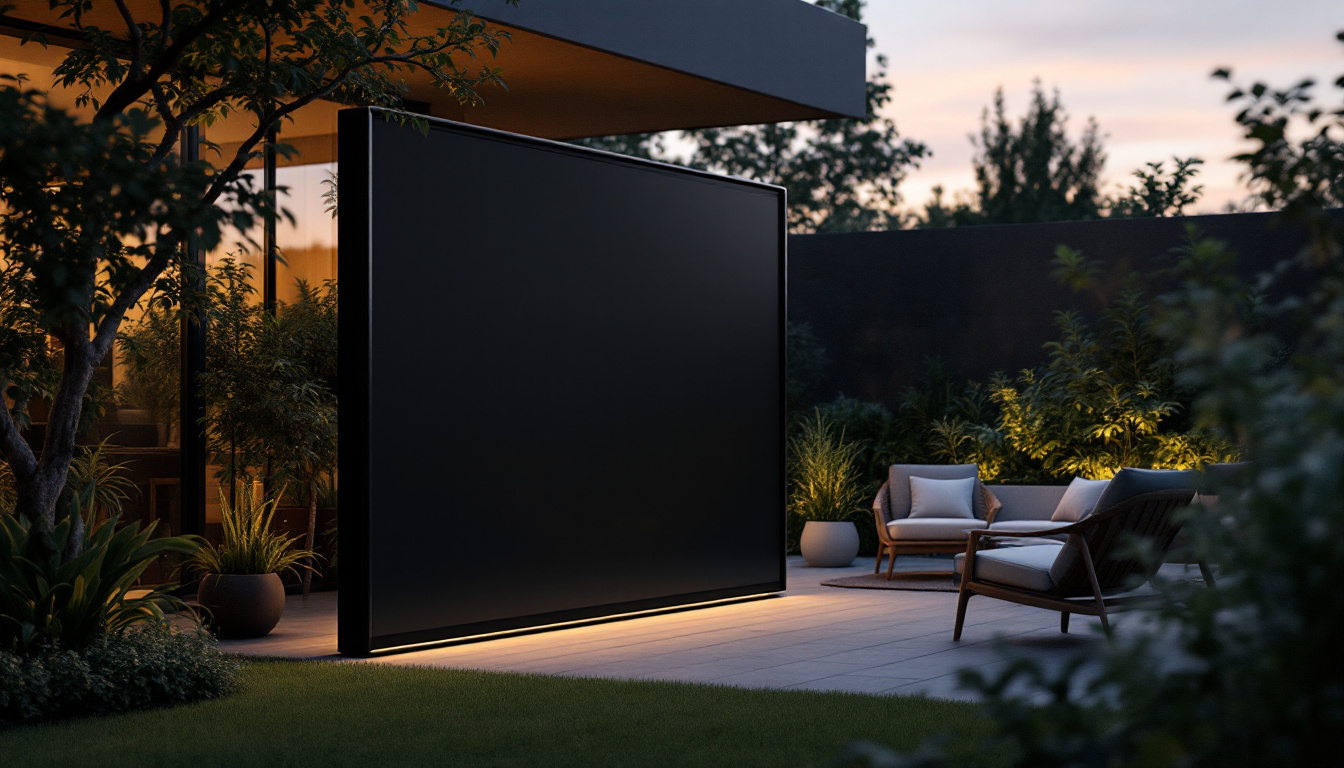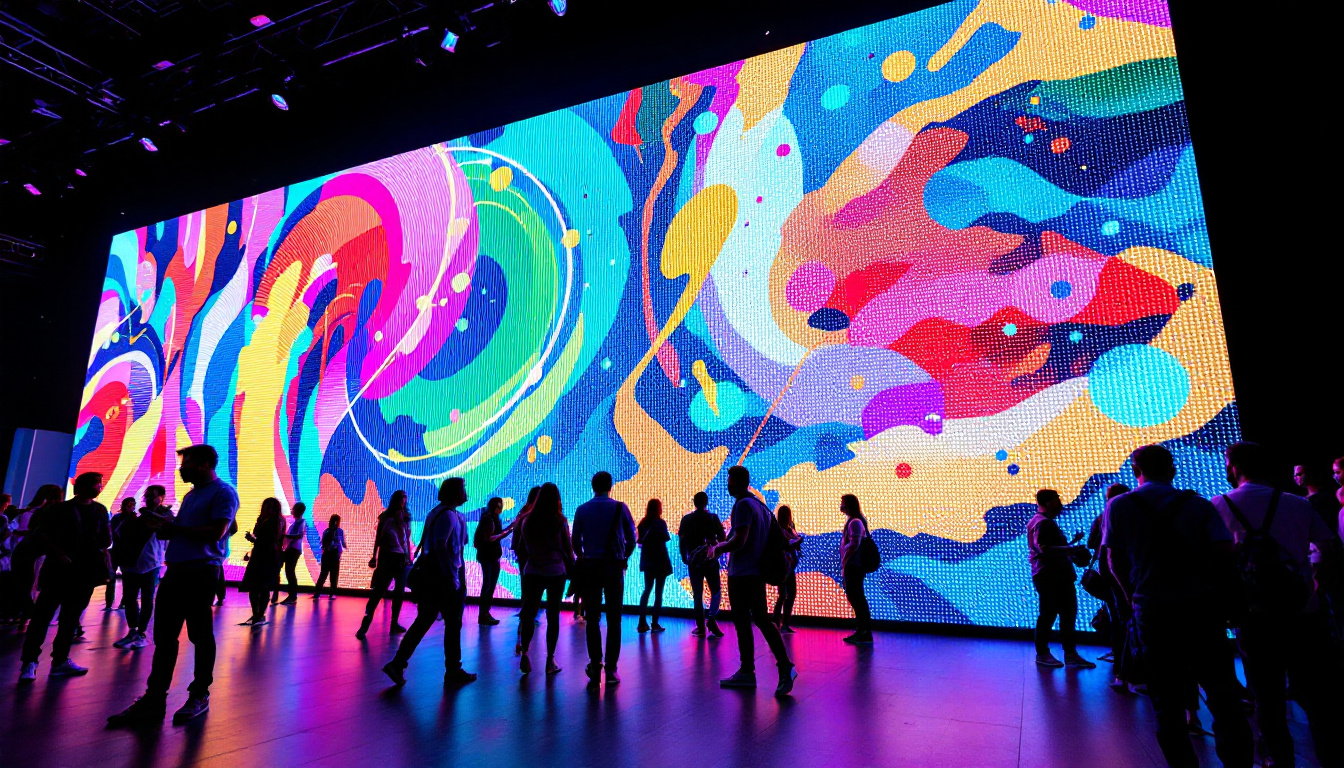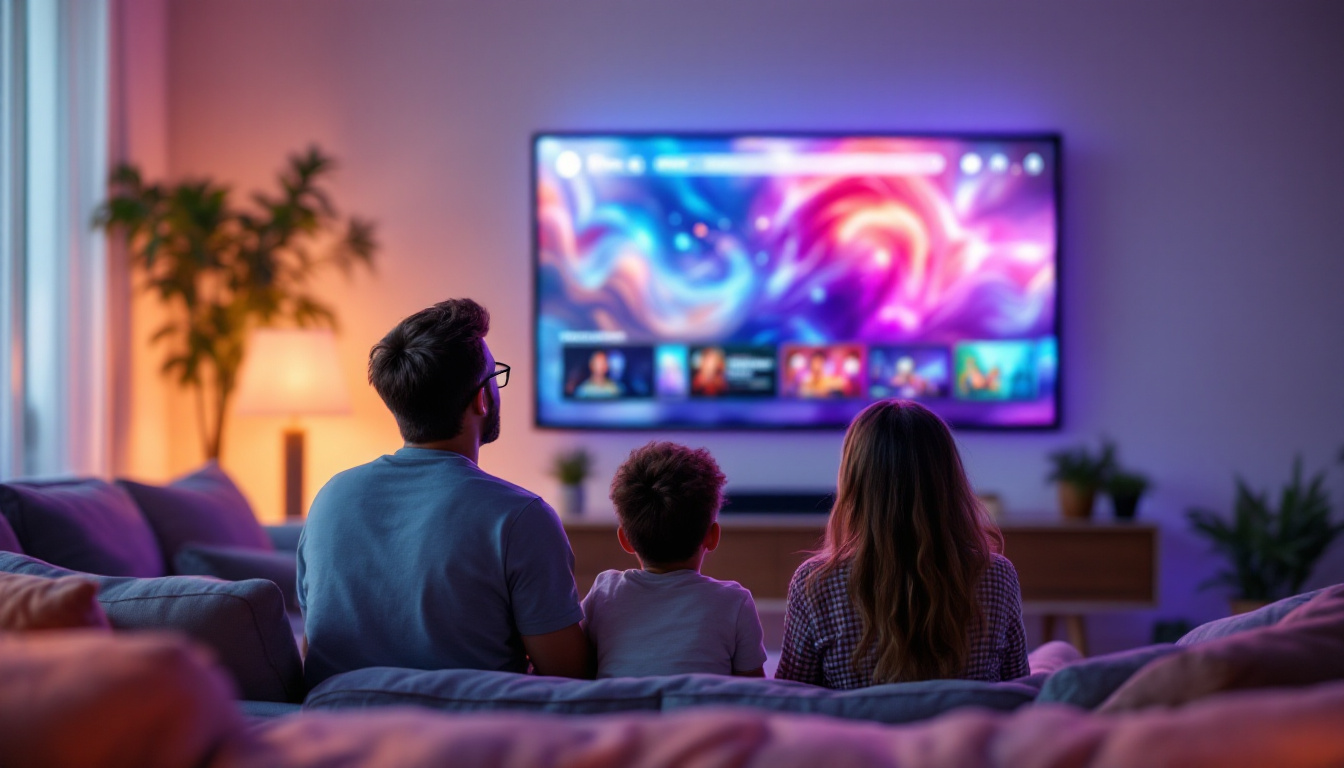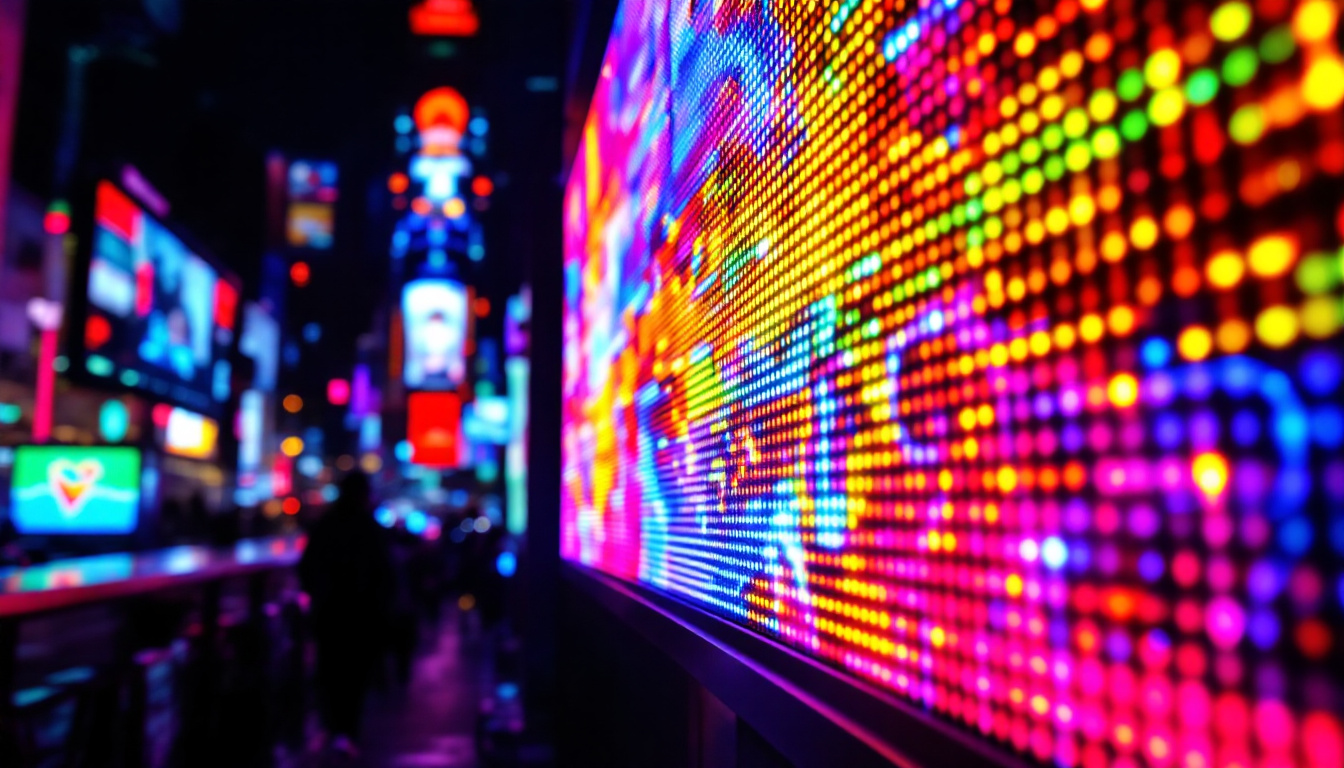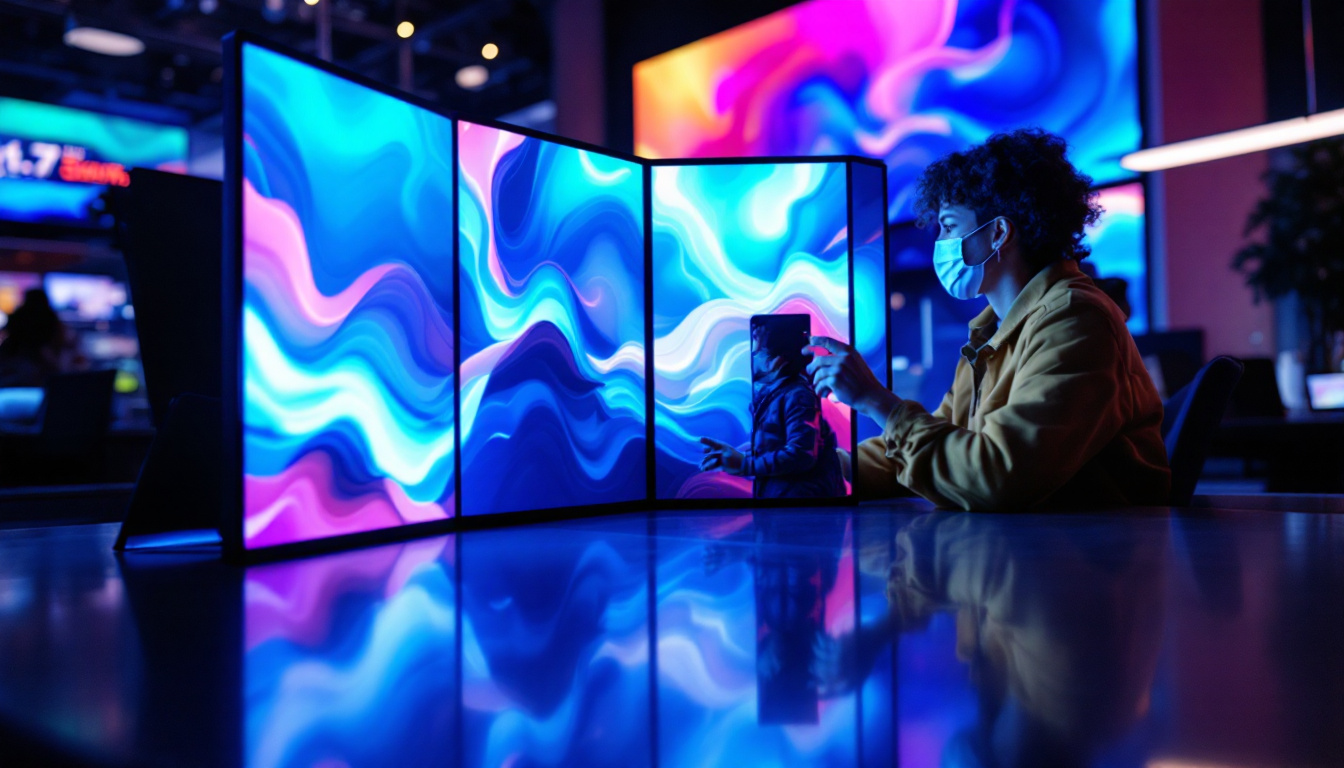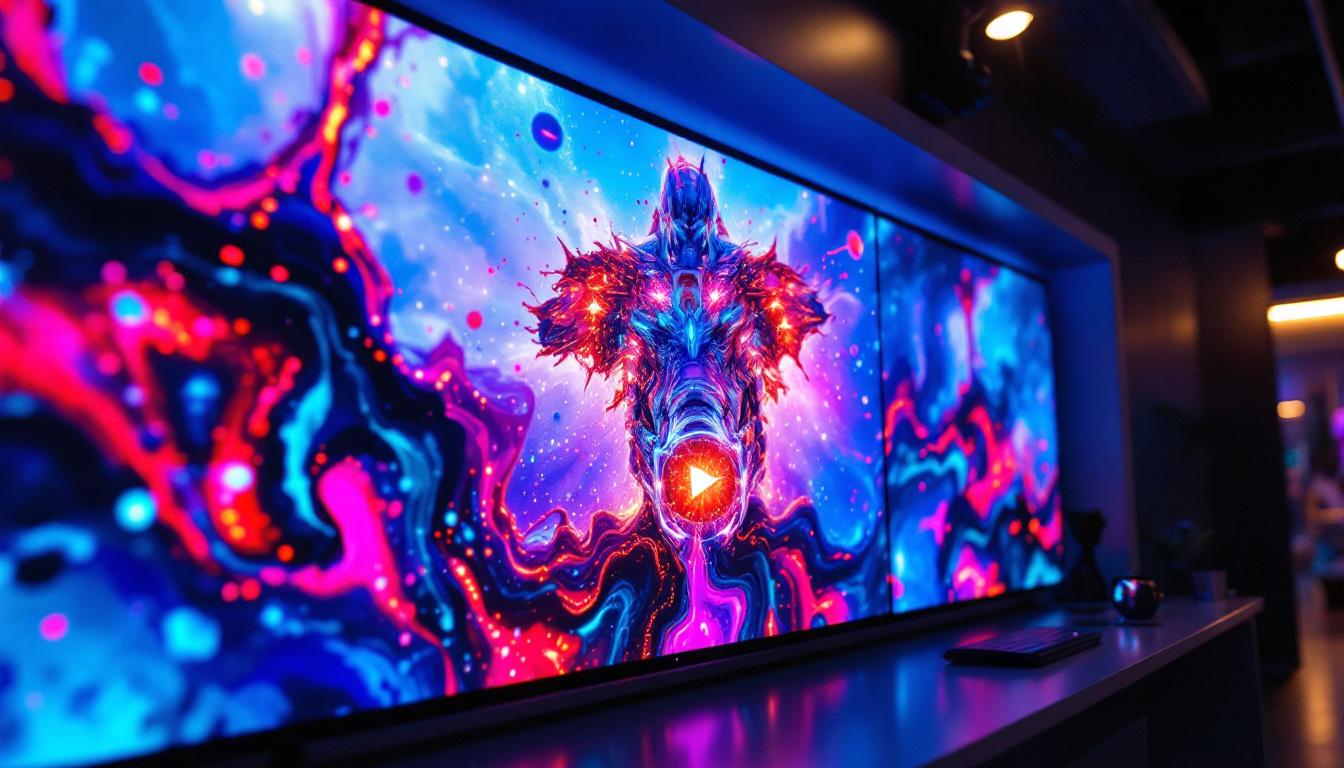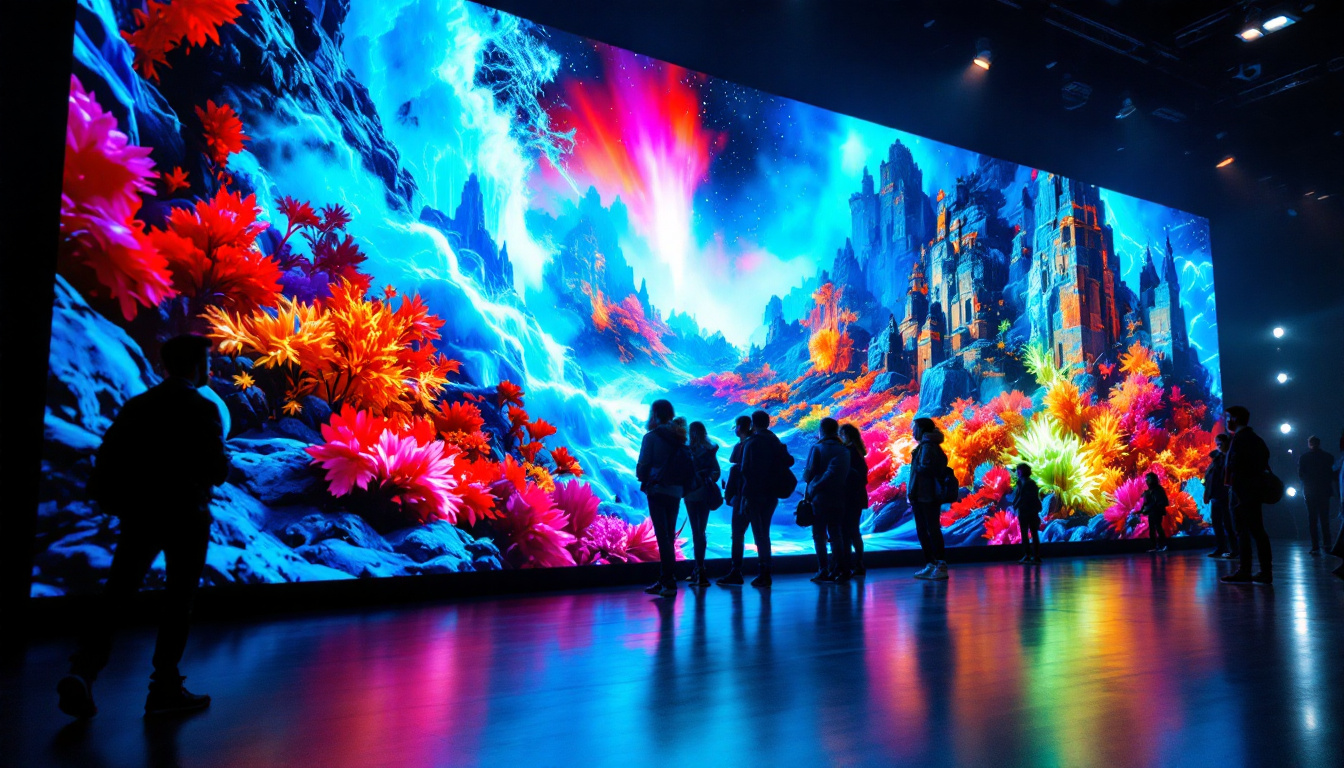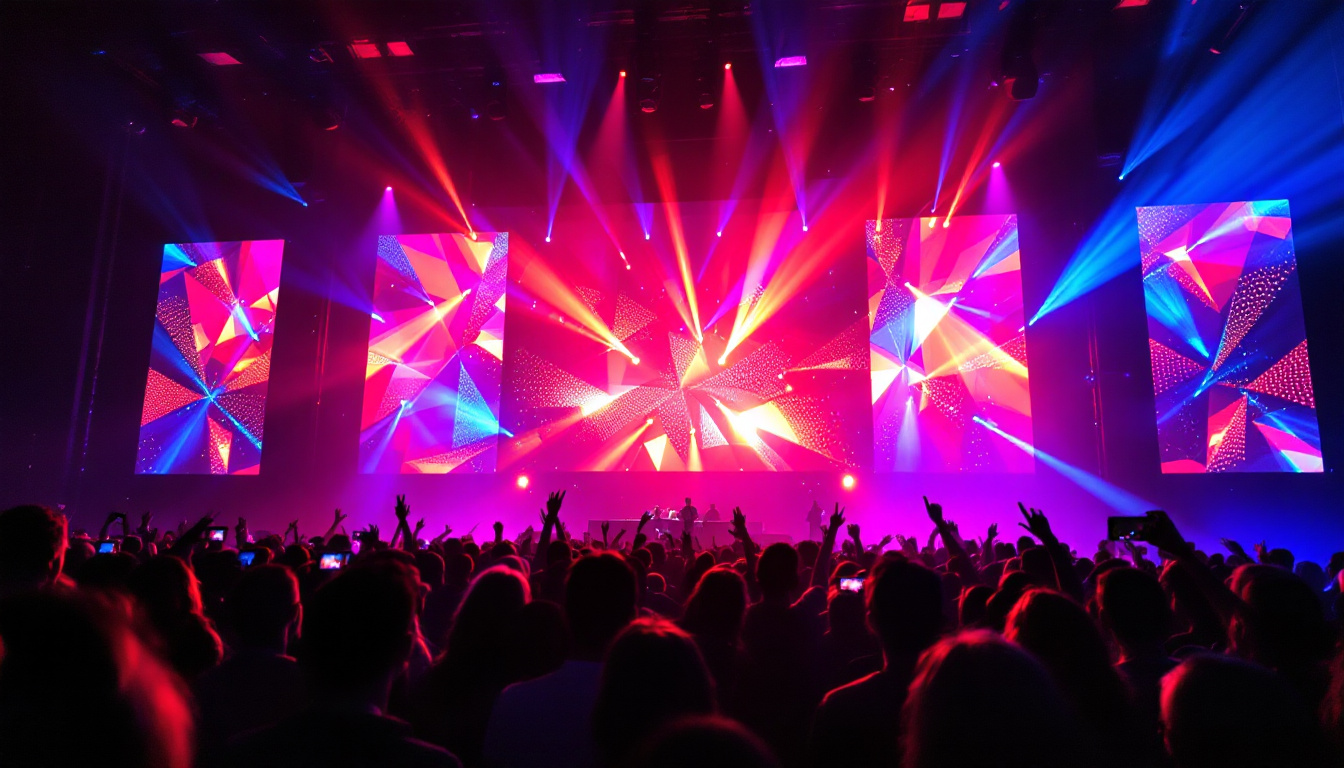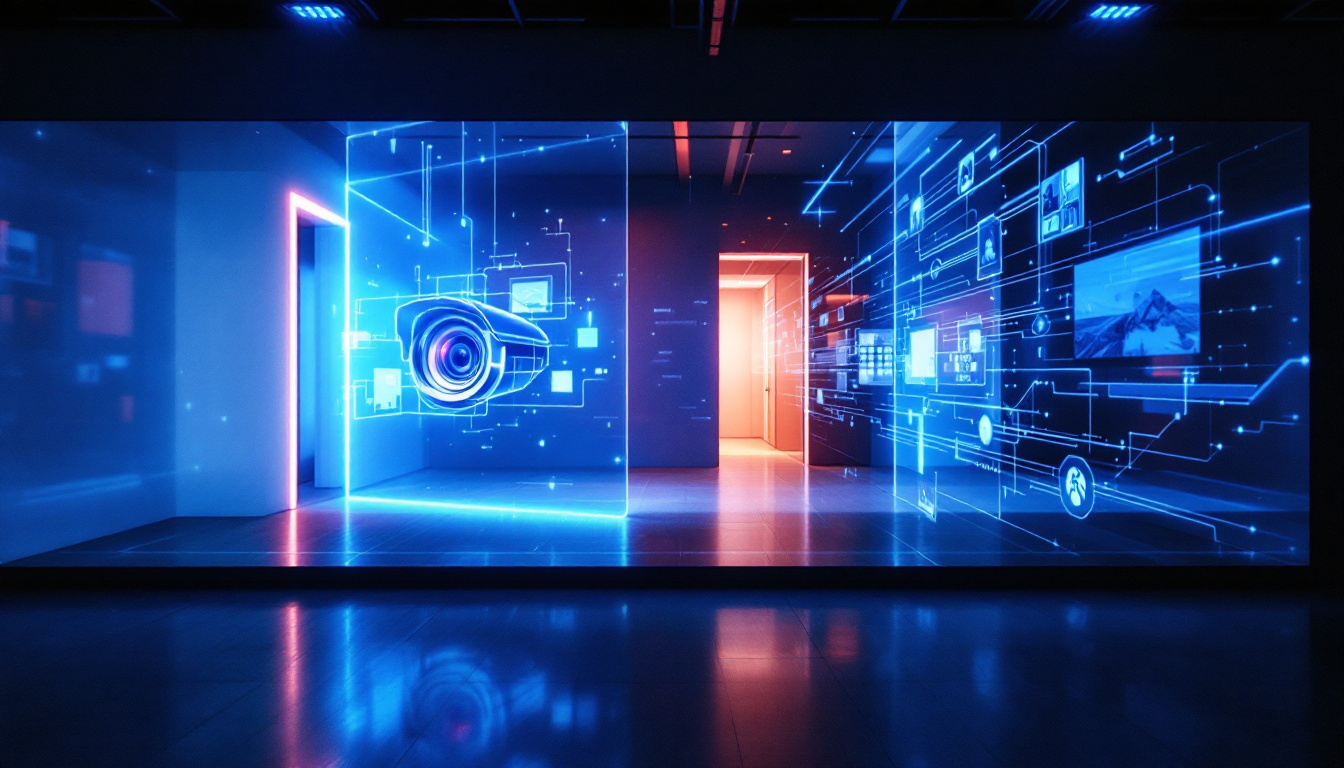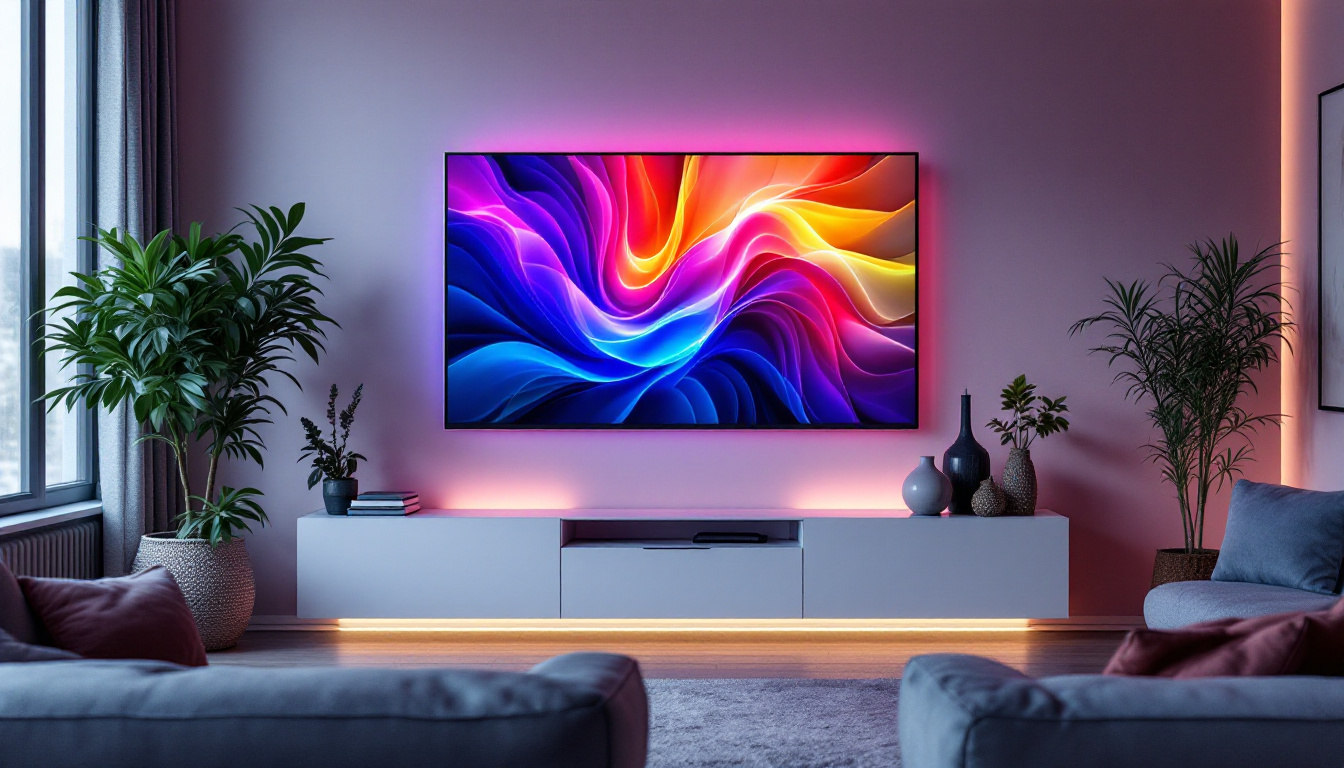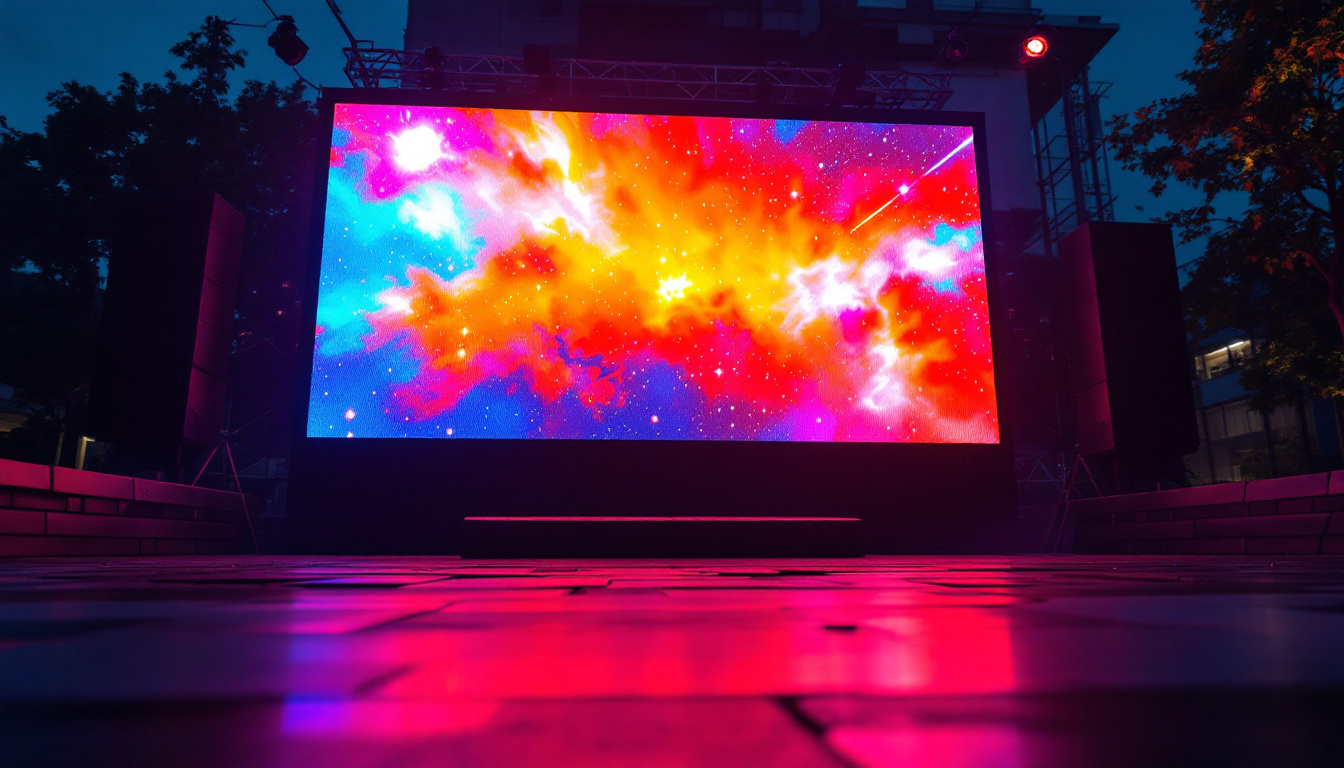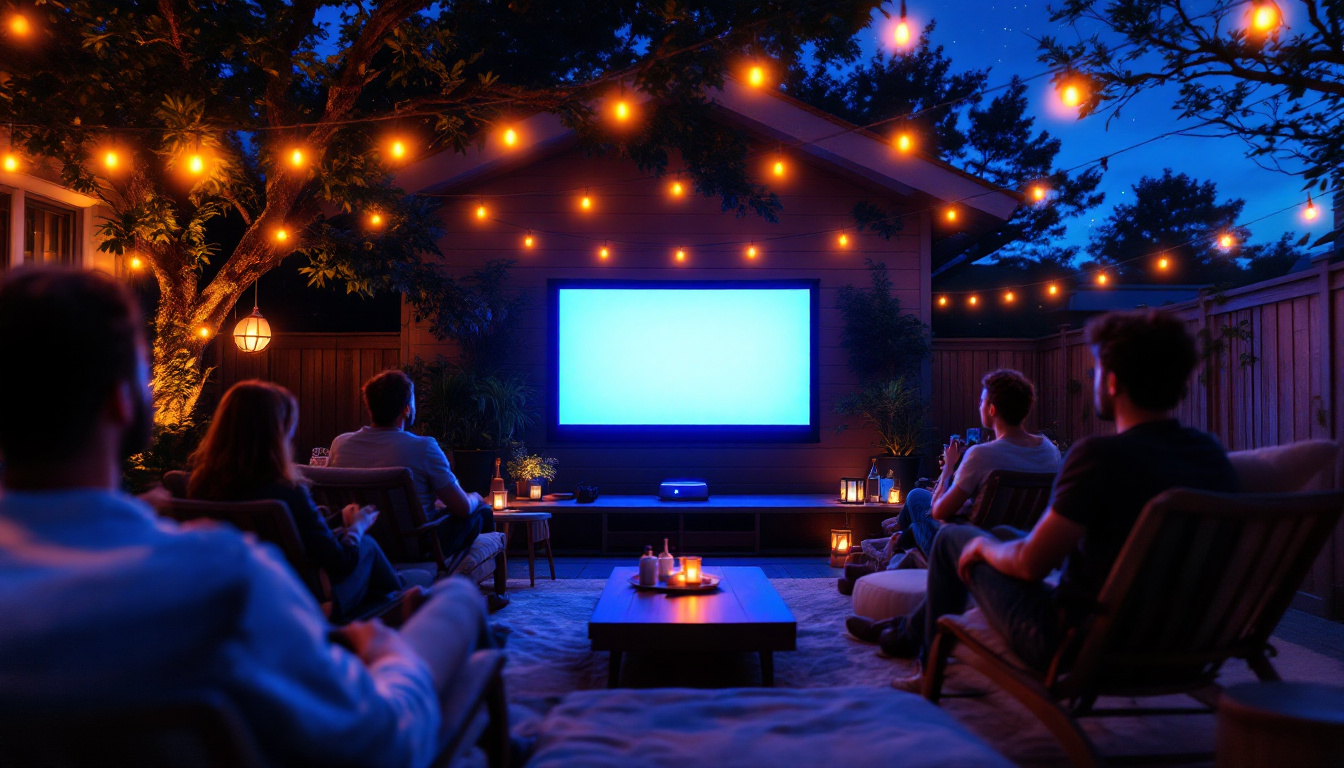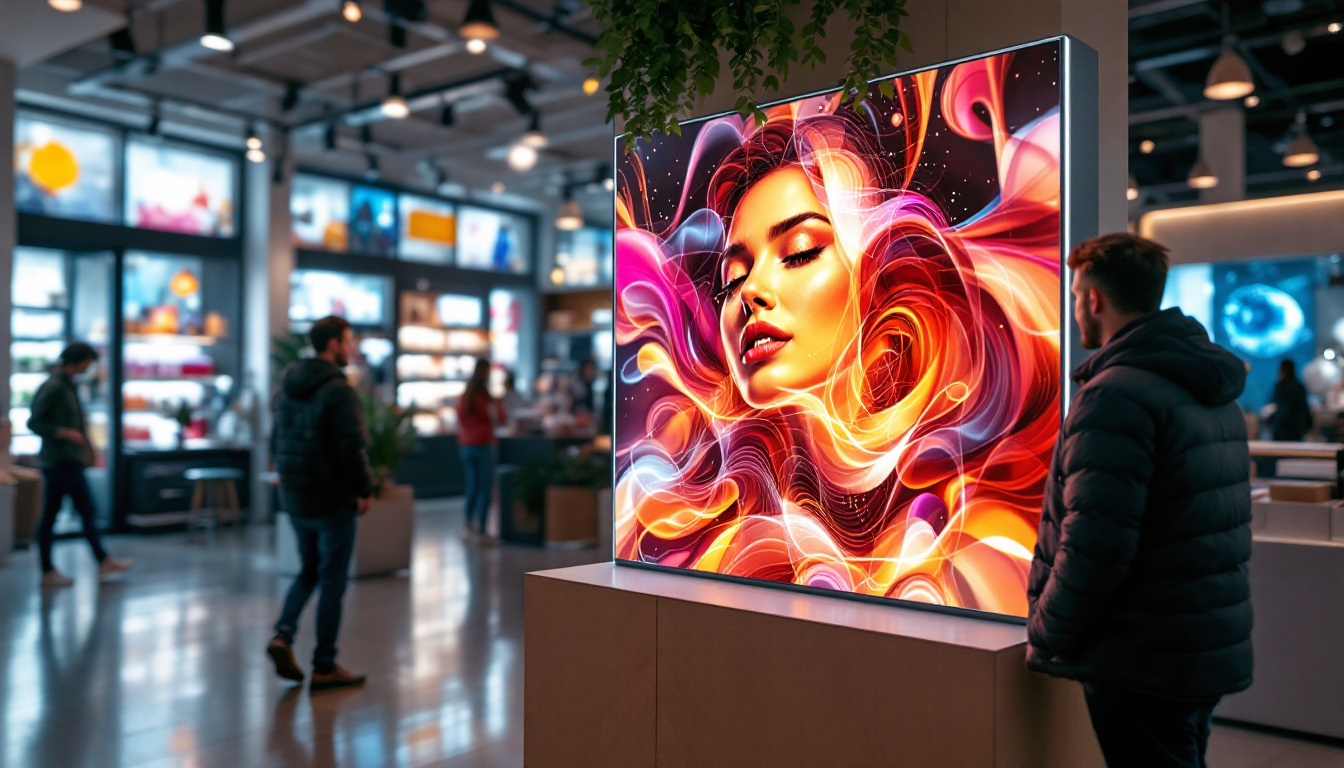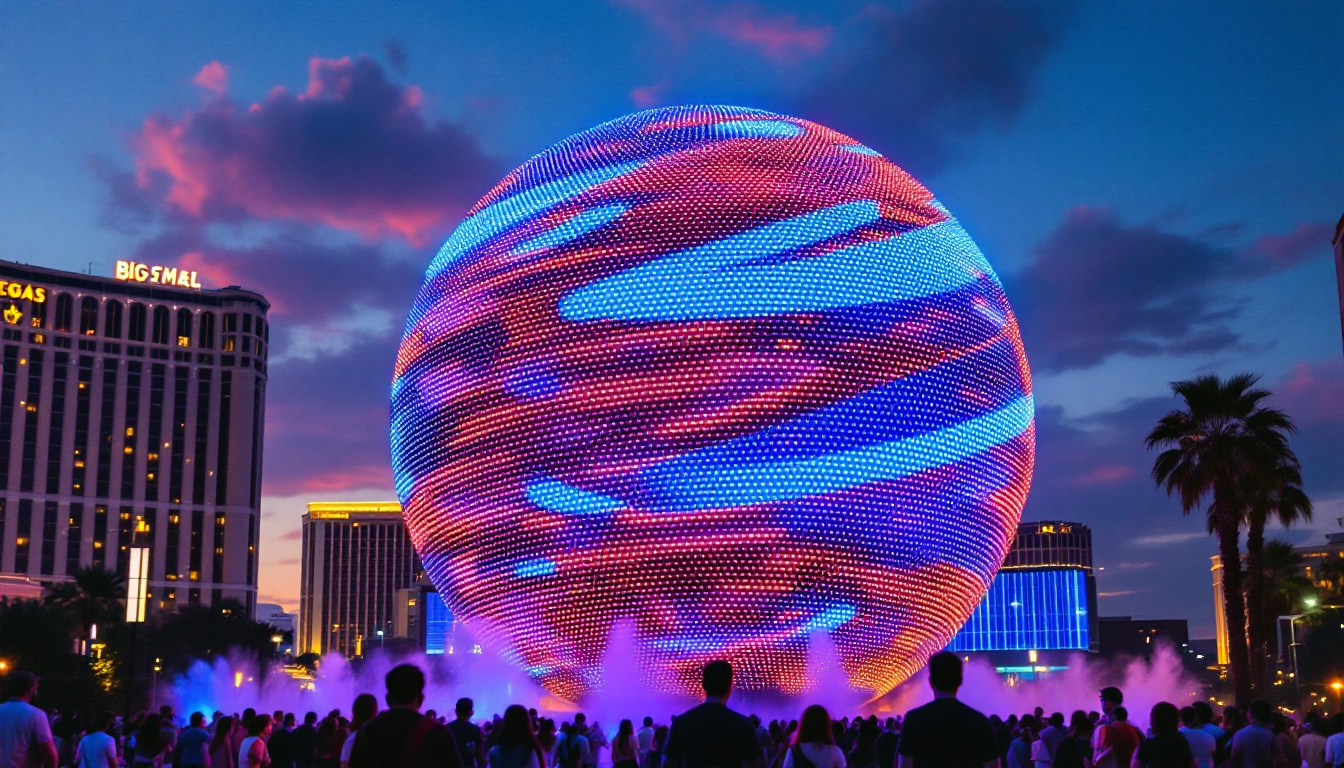In recent years, the landscape of visual technology has undergone a significant transformation, particularly with the advent of LED display technology. Projector companies have embraced this innovation, leading to a surge in the popularity of LED projectors in various sectors, from home entertainment to professional presentations. This article delves into the intricacies of LED displays, their advantages, and how they compare to traditional projection technologies.
Understanding LED Display Technology
LED, or Light Emitting Diode, technology has revolutionized the way images are projected. Unlike traditional projectors that rely on bulbs, LED projectors utilize a series of tiny diodes that emit light when an electric current passes through them. This fundamental difference in technology offers a range of benefits that have made LED projectors increasingly popular.
How LED Displays Work
LED displays work by combining red, green, and blue (RGB) diodes to create a full spectrum of colors. Each color can be adjusted in intensity, allowing for a wide range of hues and shades. When these colors are combined in various proportions, they produce the vibrant images that LED projectors are known for.
The light produced by the diodes is directed through a series of lenses and mirrors to project the image onto a screen. This method not only enhances the brightness of the image but also improves color accuracy and contrast, making LED projectors ideal for various environments, from dimly lit rooms to bright outdoor settings.
Types of LED Projectors
There are primarily two types of LED projectors: those that use a hybrid light source and those that rely solely on LED technology. Hybrid projectors combine LED with laser technology, offering even higher brightness levels and improved longevity. On the other hand, pure LED projectors are typically more compact and energy-efficient, making them suitable for portable use.
Additionally, LED projectors can be categorized based on their intended use, such as home theater projectors, business presentation projectors, and portable projectors for on-the-go presentations. Each type is designed with specific features to cater to the needs of different users.
Advantages of LED Projectors
LED projectors have gained traction for numerous reasons. Their unique benefits set them apart from traditional lamp-based projectors, making them a preferred choice for many consumers and businesses alike.
Longevity and Maintenance
One of the most significant advantages of LED projectors is their longevity. LED light sources can last up to 20,000 hours or more, compared to traditional bulbs that typically last around 2,000 to 5,000 hours. This extended lifespan means less frequent replacements, reducing maintenance costs and downtime.
Moreover, LED projectors do not require warm-up time, allowing users to start presentations or movie screenings almost instantly. This convenience is particularly beneficial in professional settings where time is of the essence.
Energy Efficiency
Energy consumption is another area where LED projectors excel. They consume considerably less power than traditional projectors, which can lead to significant savings on electricity bills over time. This energy efficiency also contributes to a lower carbon footprint, making LED projectors an environmentally friendly choice.
Additionally, the reduced heat output of LED projectors means less strain on cooling systems in venues, further enhancing their energy-saving capabilities.
Image Quality
When it comes to image quality, LED projectors deliver exceptional performance. The vibrant colors, deep blacks, and high contrast ratios make for stunning visuals that enhance the viewing experience. Whether for movies, presentations, or gaming, LED projectors provide clarity and detail that can rival even the best flat-screen televisions.
Furthermore, many LED projectors come equipped with advanced technologies such as 4K resolution support and HDR (High Dynamic Range) capabilities, elevating the quality of the projected image even further.
Comparing LED Projectors to Traditional Projectors
While LED projectors offer numerous advantages, it is essential to compare them with traditional projector technologies to understand their place in the market. Traditional projectors typically use either LCD (Liquid Crystal Display) or DLP (Digital Light Processing) technologies, each with its own strengths and weaknesses.
Brightness Levels
Brightness is a critical factor when choosing a projector, especially for environments with ambient light. Traditional projectors often have higher lumen ratings, making them suitable for well-lit spaces. However, LED projectors have made significant strides in this area, with many models now offering impressive brightness levels that can compete with their traditional counterparts.
It is important to note that the perceived brightness also depends on the projector’s color accuracy and contrast ratio. In many cases, LED projectors can deliver a more vibrant image even at lower lumen ratings due to their superior color performance.
Portability and Design
Portability is another area where LED projectors shine. Their compact design makes them easy to transport, which is a significant advantage for professionals who frequently give presentations in different locations. Traditional projectors, particularly those that use bulky lamps, tend to be heavier and less convenient to move.
Additionally, LED projectors often feature a sleek and modern design, appealing to users who value aesthetics as much as functionality. This focus on design also extends to user interfaces, with many LED projectors offering intuitive controls and smart features.
Applications of LED Projectors
The versatility of LED projectors has led to their adoption across various sectors. From home entertainment to corporate environments, the applications of LED projectors are vast and varied.
Home Entertainment
In the realm of home entertainment, LED projectors have become increasingly popular for movie nights, gaming, and sports events. Their ability to produce large, vibrant images makes them an attractive alternative to traditional televisions, especially for those who enjoy a cinematic experience.
Many modern LED projectors also come equipped with smart features, allowing users to stream content directly from popular platforms without the need for additional devices. This convenience enhances the overall home entertainment experience, making it easier to access a wide range of content.
Business and Education
In business and educational settings, LED projectors are invaluable tools for presentations and lectures. Their bright, clear images ensure that content is easily visible to large audiences, while their portability allows for quick setup in various locations.
Furthermore, the longevity and low maintenance of LED projectors make them a cost-effective choice for institutions that rely on visual technology for teaching and communication. Many educational facilities are now incorporating LED projectors into classrooms and lecture halls to enhance the learning experience.
Events and Outdoor Use
Outdoor events, such as concerts, festivals, and movie screenings, have also benefited from the rise of LED projectors. Their ability to produce bright images in various lighting conditions makes them ideal for outdoor use. Many event organizers now choose LED projectors for their reliability and performance, ensuring that audiences enjoy high-quality visuals regardless of the setting.
Choosing the Right LED Projector
With a plethora of options available in the market, selecting the right LED projector can be a daunting task. Several factors should be considered to ensure that the chosen projector meets the specific needs and requirements of the user.
Resolution and Brightness
Resolution is a critical factor when choosing a projector. For home theater applications, a projector with at least 1080p resolution is recommended, while 4K projectors are becoming increasingly popular for those seeking the highest quality. Brightness, measured in lumens, is equally important, particularly for environments with ambient light.
It is essential to strike a balance between resolution and brightness to ensure optimal performance in the intended setting. Users should also consider the size of the projection screen and the distance from the projector to the screen when making their decision.
Connectivity Options
Modern LED projectors come equipped with various connectivity options, including HDMI, USB, and wireless capabilities. Assessing the available ports and compatibility with other devices is crucial for seamless integration into existing setups. For users who frequently connect laptops or mobile devices, wireless connectivity can significantly enhance convenience.
Budget Considerations
Lastly, budget plays a vital role in the decision-making process. LED projectors are available at various price points, and while it may be tempting to opt for the cheapest option, it is essential to consider the long-term value. Investing in a high-quality projector may lead to better performance and longevity, ultimately saving money in the long run.
The Future of LED Projector Technology
As technology continues to evolve, the future of LED projectors looks promising. Innovations in LED technology, such as improved color accuracy and higher brightness levels, are on the horizon. Additionally, the integration of smart features and enhanced connectivity options will likely become standard in future models.
Emerging Trends
One emerging trend is the growing interest in ultra-short throw projectors, which can project large images from a very short distance. This technology is particularly appealing for home theater setups where space is limited. As manufacturers continue to refine this technology, it is expected to become more prevalent in both home and commercial applications.
Furthermore, advancements in 3D projection and immersive experiences are also being explored, offering exciting possibilities for entertainment and education. As LED projectors become more versatile, their applications will likely expand, catering to a broader range of user needs.
Conclusion
In summary, LED display technology has transformed the projector market, offering a range of advantages over traditional projection methods. With their longevity, energy efficiency, and exceptional image quality, LED projectors have become a popular choice for home entertainment, business, and educational applications. As technology continues to advance, the future of LED projectors promises even more exciting developments, making them a worthwhile investment for anyone seeking high-quality visual experiences.
Explore the Future of Visual Technology with LumenMatrix
Ready to experience the pinnacle of LED display innovation? LumenMatrix is at the forefront of creating immersive visual experiences that captivate and engage. From dynamic Indoor and Outdoor LED Wall Displays to versatile solutions like Vehicle LED Displays and LED Sports Displays, our range is designed to meet your every need. Discover how our Custom LED Displays and All-in-One solutions can transform your visual communication. Take the first step towards revolutionizing your displays and check out LumenMatrix LED Display Solutions today.

